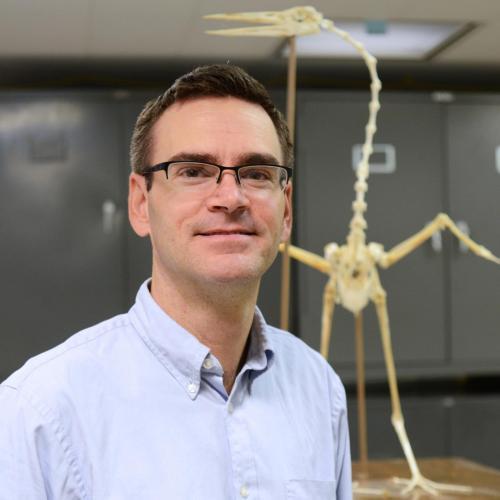
Dr. Jeremy J. Kirchman
I am broadly interested in the evolution and biogeography of birds, but most of my research focuses on populations found on islands. Islands have long been considered “natural laboratories of evolution”, and studying birds on islands teaches us much about speciation, extinction, and adaptation. I have a special interest in one group of birds, the rails (Rallidae), which are great island colonists, found even on the most remote oceanic islands. Many rail species have evolved to become totally flightless on islands that lack mammalian predators. Closer to home, I am studying several species of birds that breed in “islands” of coniferous (boreal) forest isolated above 3000 feet of elevation in New York’s mountain ranges. I want to know if these populations of Bicknell’s Thrush, Yellow-bellied Flycatcher, Spruce Grouse and other boreal forest specialists are genetically isolated and evolving independently of one another. These high-elevation populations may be imperiled as the climate continues to warm.


